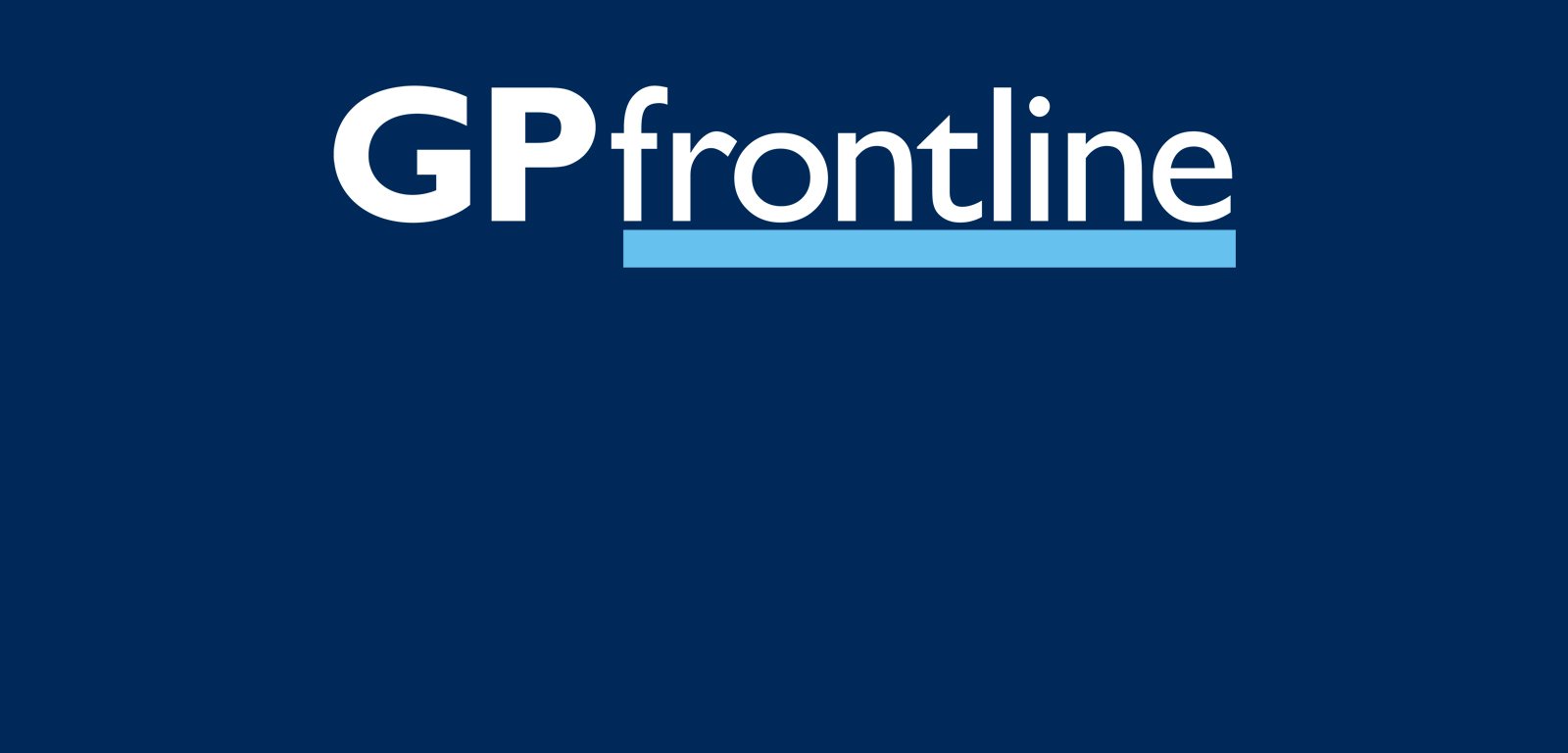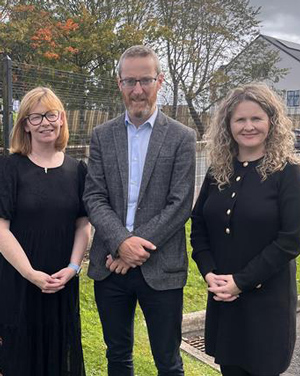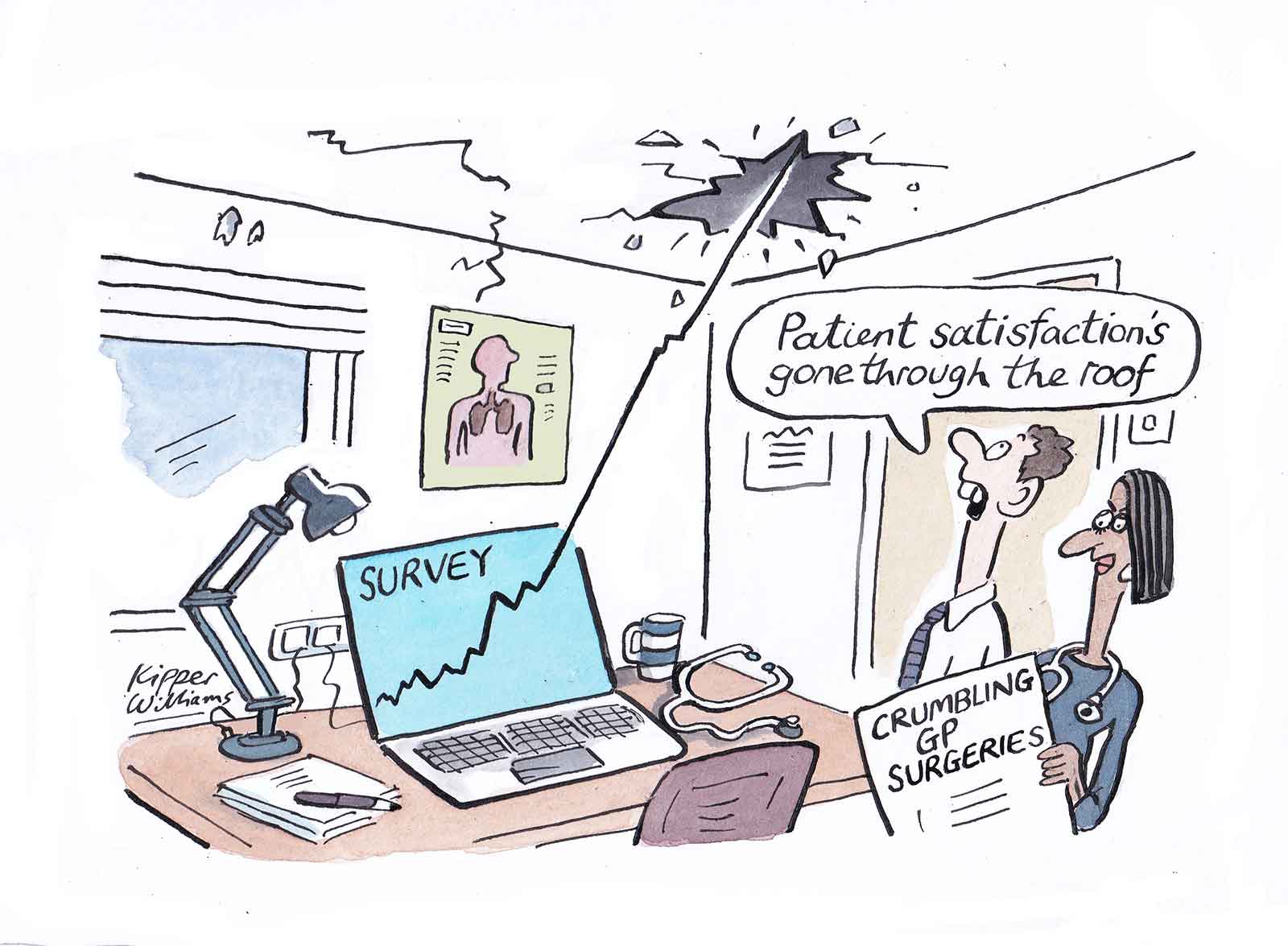

Who cares for the clinicians in NI?
For more than 20 years the GP Patient Survey has been one of the most comprehensive indicators of how patients experience NHS primary care services.
First commissioned by the Department of Health, and then NHS England, the survey is independently designed, facilitated and analysed by research company Ipsos. It was originally quarterly, then biannual, and now annual. Around 700,000 people take part, about 80% online.
This year, for the first time in a long time – bar a blip during the Covid pandemic - satisfaction has increased.

Rachel Williams is Research Director at Ipsos and leads work on the survey. “Our analysis shows that the key driver of overall experience with a GP practice is the interaction a patient has with the healthcare professional. That’s always been positive – it’s declined slightly over time, but it’s always high, over 80% on a range of factors nationally. Access is the thing that’s got more difficult, it’s a secondary driver of overall experience, but it’s where people experience most frustration,” she explains.
The GPPS questionnaire was redeveloped in 2024 to reflect changes in the provision of primary care services and how patients experience them. “The 2025 survey shows a more positive outlook across the board,” Rachel says, prior to 2024, and particularly after the pandemic, there has been a fall in satisfaction with NHS services, so this shift is very welcome.

She says two things ‘strike’ her about this year’s survey. First, that the change is ‘modest but consistently positive’ given there are positive shifts for access, overall experience of the practice, experience of pharmacy and NHS dentistry. “It will be interesting to see if this trend continues,” she says, “and it’s important to remember that while the overall positive direction is promising, within these results, health inequalities are persistent.”
Her second observation is that there seem to be some underlying changes in behaviour, with evidence of greater use of online services. “Looking at the last contact, more are using practice websites [14.2% +3.1 percentage points] or the NHS App [6.1% +2.2 percentage points] – and these people are more positive about this last contact than those who phoned [73.6% ‘good’ via the App compared with 68.9% ‘good’ on the phone]. But even here, people who phone are reporting a better experience than last year [previously 66.5% ‘good’]. This could indicate patients are starting to accept these new ways of working now they have had chance to bed in,” she says.
“The survey tries to do a lot for a lot of people,” Rachel says describing how the results are used by policymakers both to develop policies but also evaluate them. She points to NHS England’s introduction of cloud-based telephony for GP practices which aimed to ‘end the 8am rush’ – key to its primary care plan published in 2023. “We know fewer people are using the phone to access their practice, but for those who are there are signs it is getting easier, which suggests that practices are doing things differently with their phone systems in the background, and people are seeing the benefits of that.”
Whilst the GPPS clearly supplies rich data to policy-makers on a national level, Rachel wants GPs to know that it is also available publicly at PCN and practice levels.
“It can be really helpful for quality improvement,” she says. She cites an example of a GP who discussed the GPPS results for his practice at a team meeting. He said the conversation was ‘uncomfortable’ at times, but that having an open conversation allowed them to identify a problem – in this case it was patients struggling with their phone system – and make improvements. Ultimately, GPPS reported improved patient satisfaction the following year, and practice staff were also happier as a result.
“It’s a really simple example,” says Rachel, “but an example of using GPPS for quality improvement, and being able to celebrate the results.”
She acknowledges the downside of being able to compare practices is that the results can be used for ranking - some media outlets use the results to create league tables, for example - but she is clear this isn’t the purpose, and that having practice-level data should be a tool to support practices, not criticise them.
To this end, Ipsos have produced a series of blogs and are producing some videos to help practice staff understand how to use and interpret the data.
The GPPS is a nationally representative, random probability survey, including over 700,000 patients, commissioned by NHS England. Take a deeper look at the full results on the GPPS website.
Thank you for your feedback. Your response will help improve this page.